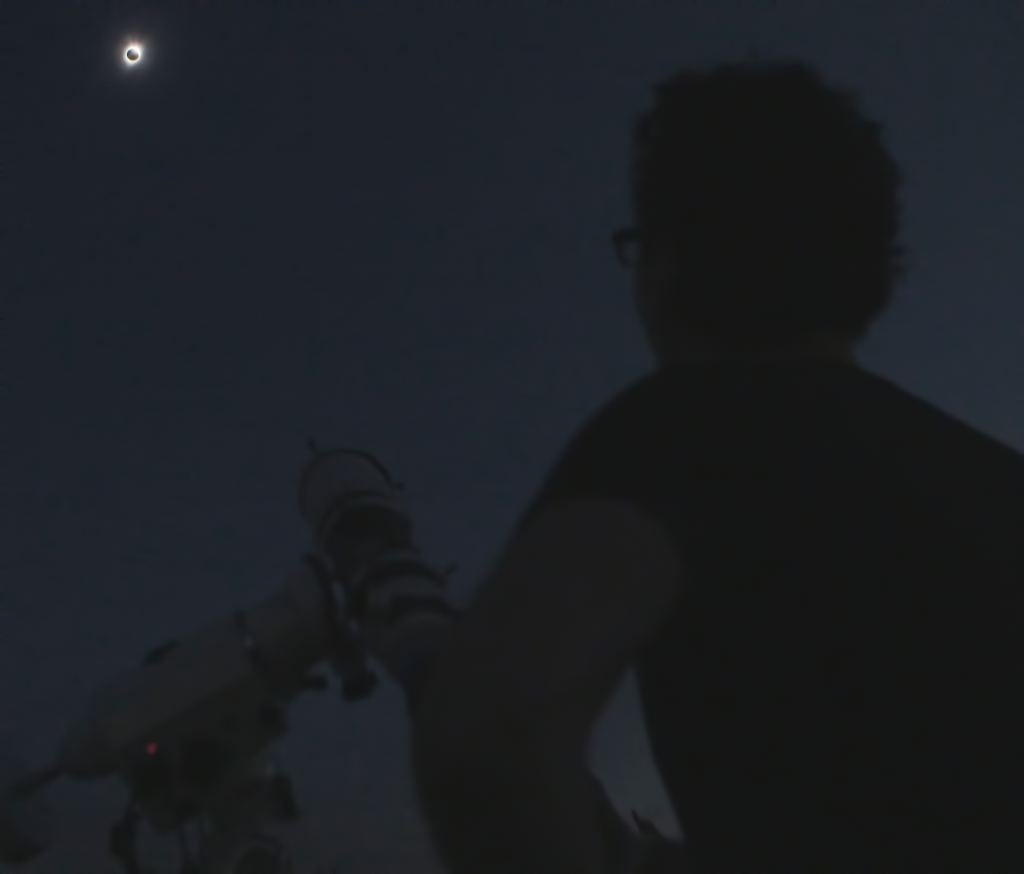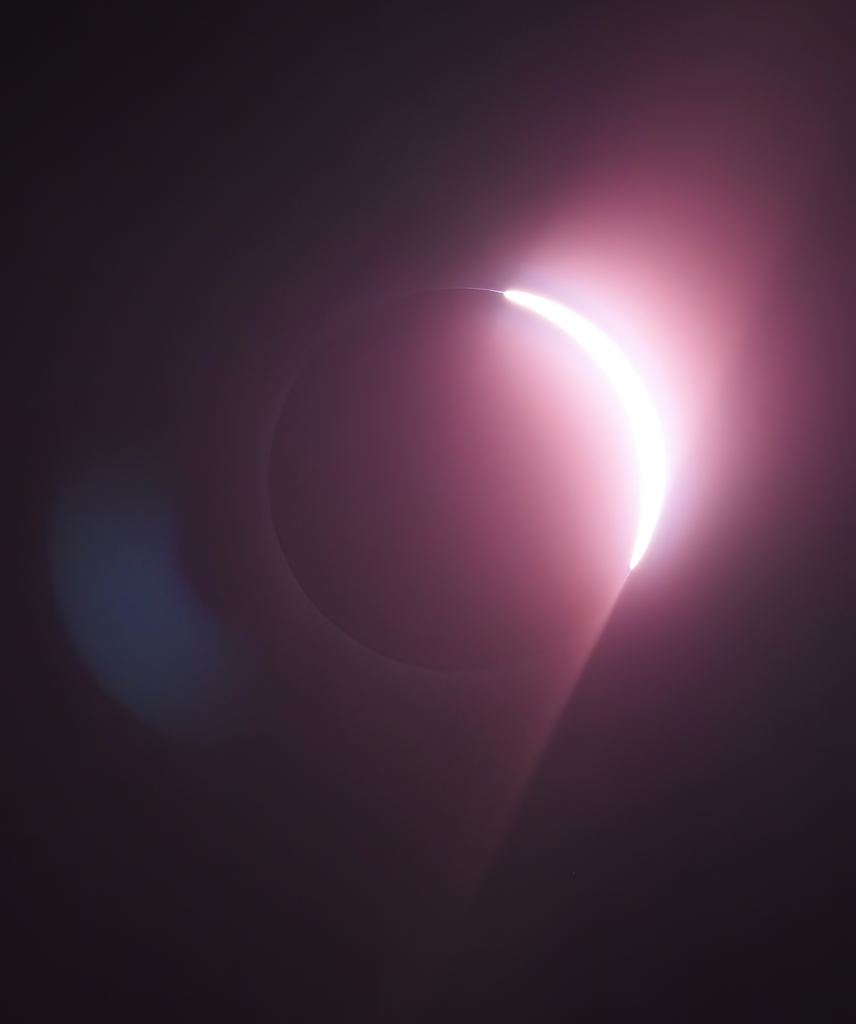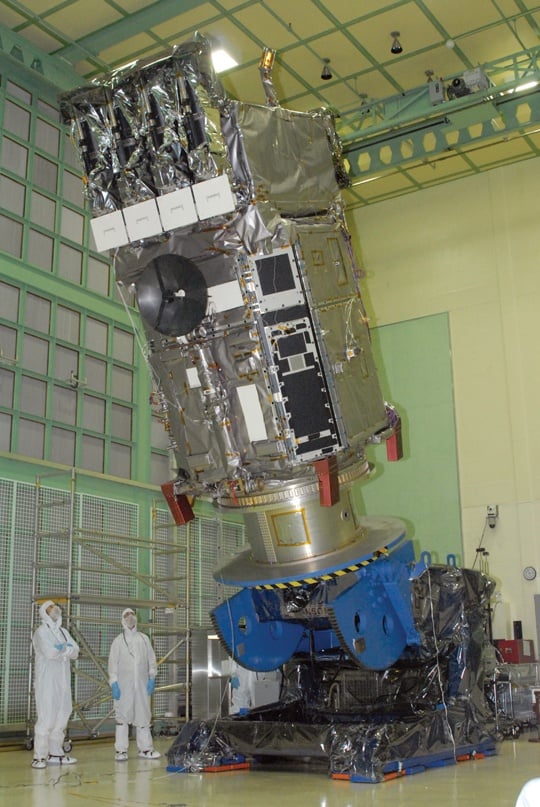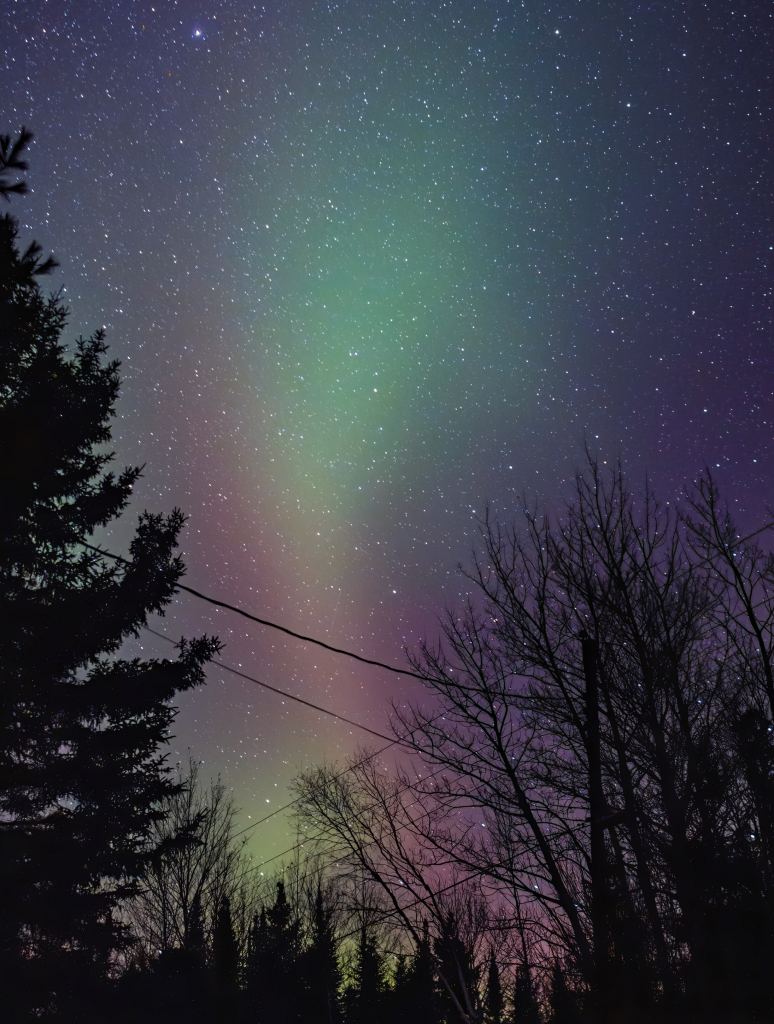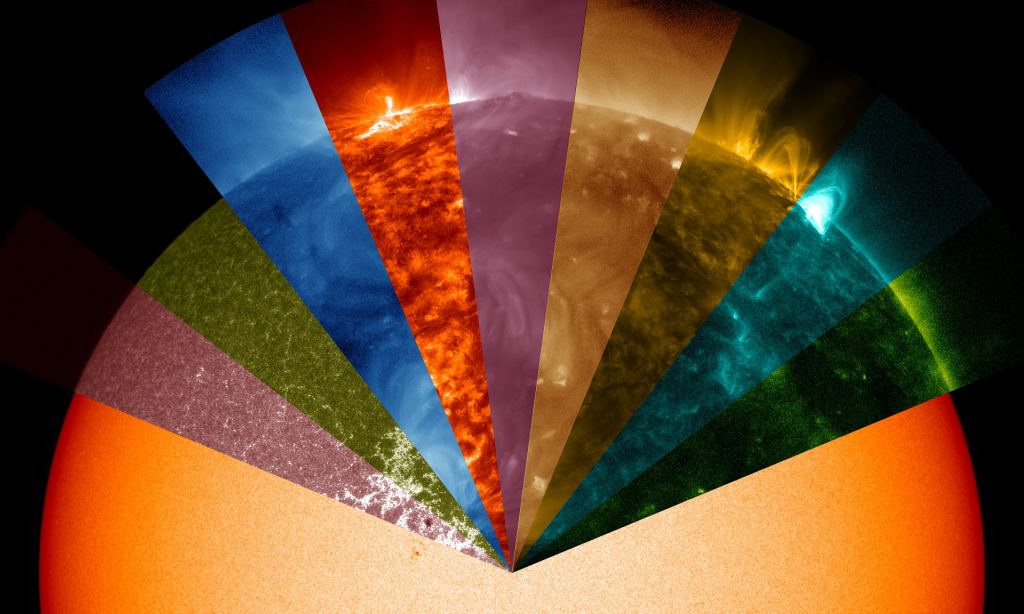I forget the Sun is a star.
I think we all do sometimes. It's easy to take for granted. The Sun is that glowing thing that rises in the morning and sets in the evening that we don't generally pay attention to as we go about our day. However, there are these rare moments when we're reminded that the Sun is truly a STAR – a titanic living sphere of hydrogen smashing plasma a million times the volume of Earth. One of those rare moments for me was standing in the shadow of the 2017 solar eclipse. We had driven down from Vancouver to Madras, Oregon to watch this astronomical freak of nature. A moon hundreds of times smaller than the Sun, but hundreds of times closer, covers the face of the Sun for the majesty of a STAR to be revealed; the fiery maelstrom of the Sun's atmosphere visible to the naked eye.
While we have these rare moments when the Sun changes in appearance to us, the Sun is actively changing in appearance all the time. The Sun follows an 11-year cycle between which the magnetic north and south poles of the Sun actually flip. The beginning of each cycle is called a solar minimum. Solar minimum is marked with reduced solar activity like sunspots; cooler "spots" (still larger than Earth) or regions on the Sun's surface that appear dark in contrast to the brighter hotter regions. The middle of the 11-year cycle is the solar maximum marked by increased solar activity and sunspots. The increased activity can also create coronal mass ejections – huge eruptions of hot plasma into space. Now we can see a whole decade of living Sun all crammed into a one hour time-lapse video made using half a BILLION pictures taken by the orbiting Solar Dynamics Observatory (SDO) in SPAAAACE!
Here's the mind crushing video. Behold…ten years of our Sun…a living STAR!
 Universe Today
Universe Today

